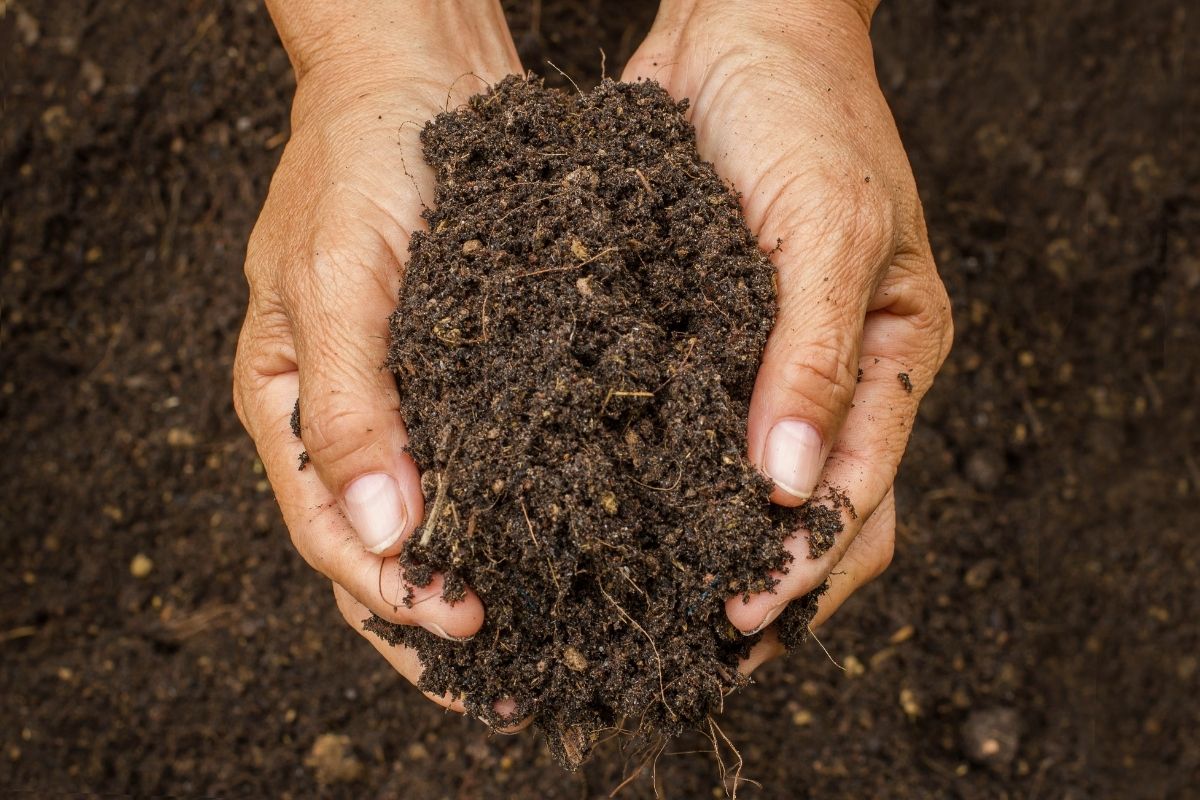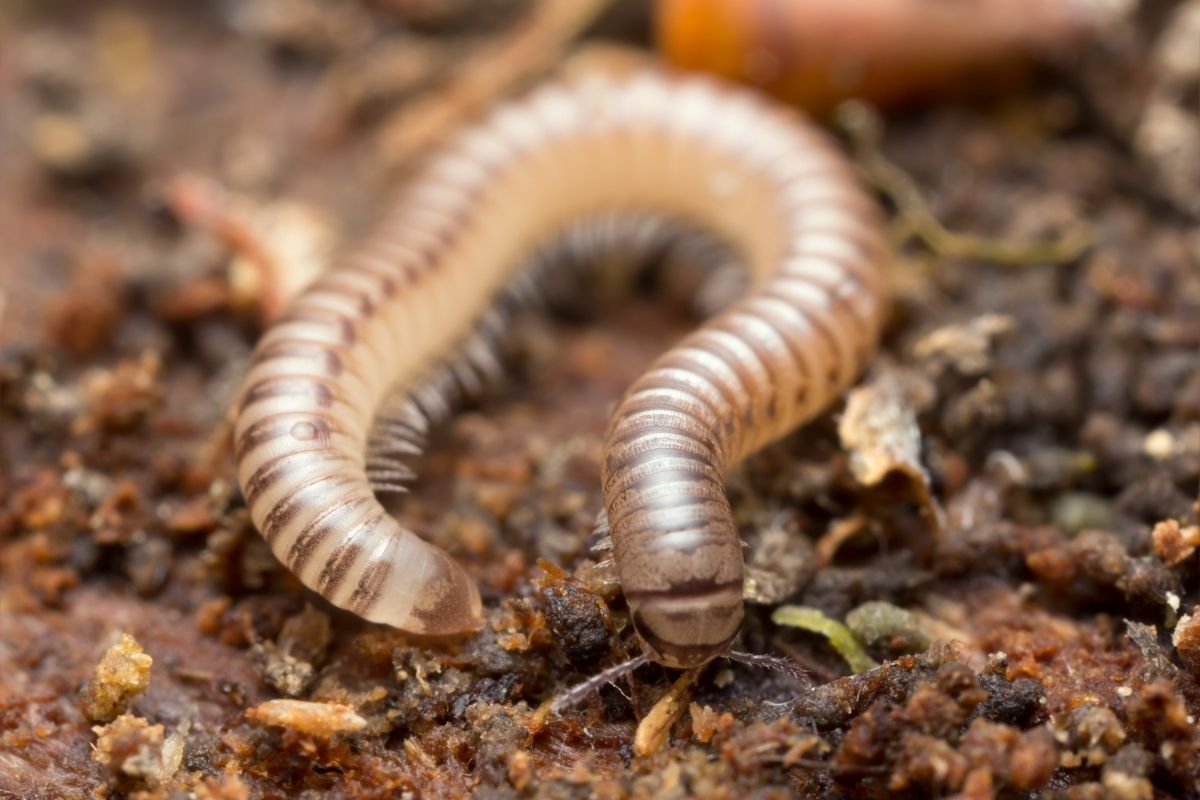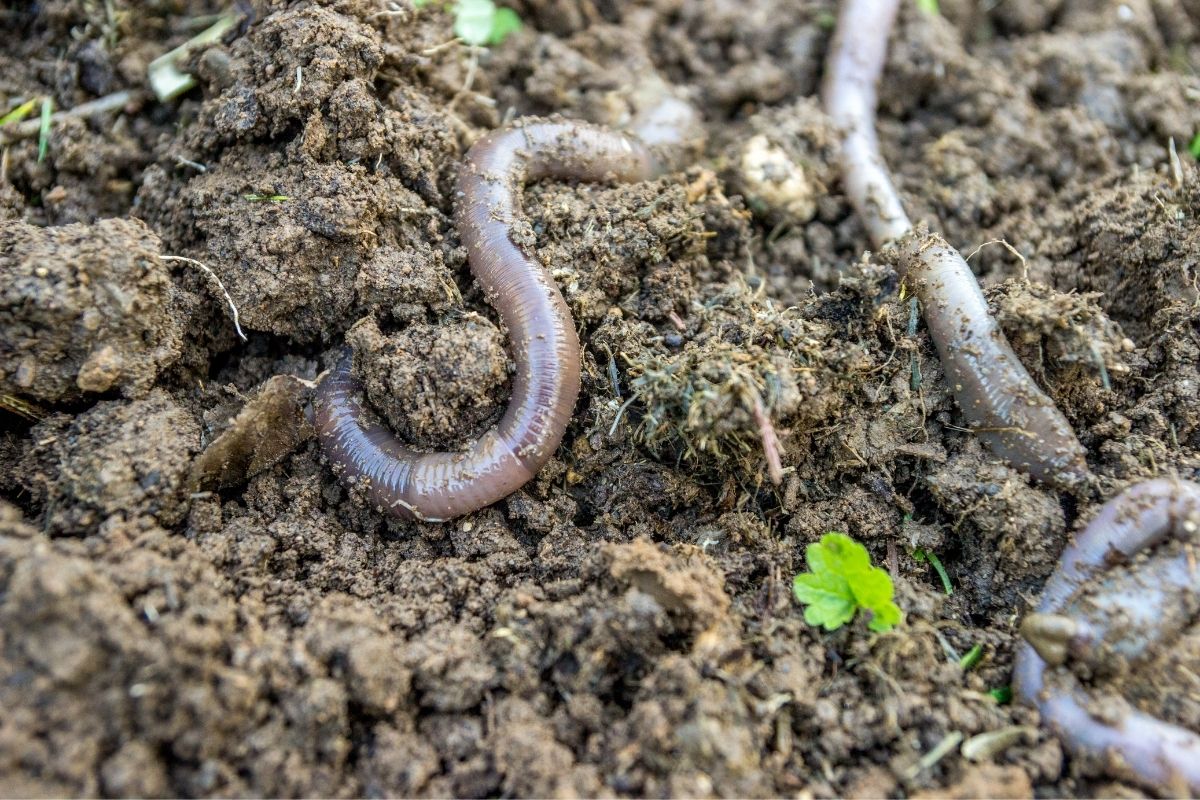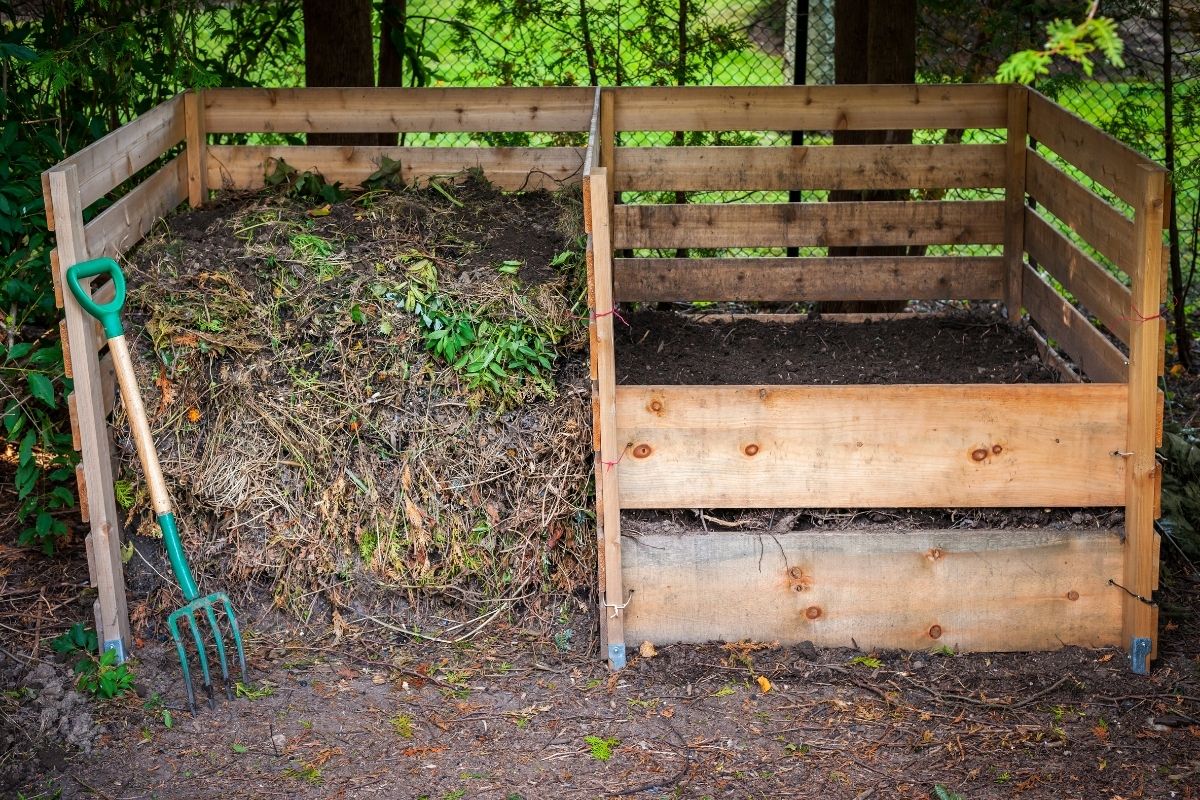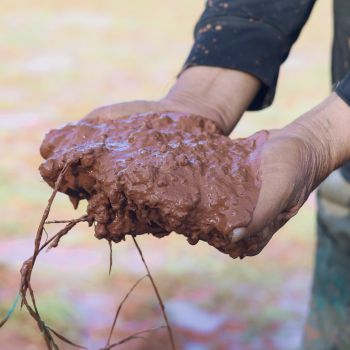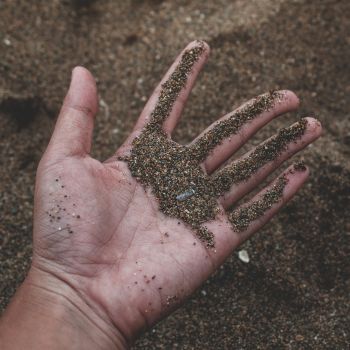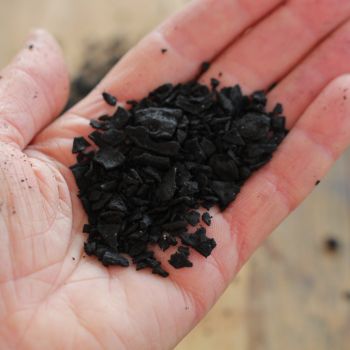Ask any gardener if they’d like their soil to be healthy and the answer will be an enthusiastic ‘yes’. But what does ‘healthy soil’ actually mean? Learning a little about what soil is and what’s in it is a good first step towards creating good soil in your garden. In turn, healthy soil can help to grow the healthiest vegetables, herbs and flowers.
What is the Soil Food Web?
Soil is made up of inorganic material - sand and minerals - and organic matter: roots, decomposing leaves and plant matter. Healthy soil is also rich in a mind-boggling array of living creatures. The community of organisms living in the soil is called the ‘soil food web’. In decreasing order of size, it can include everything from mammals, worms, slugs and snails, spiders and insects to nematodes, protozoa, fungi and bacteria. Plant roots are also included in the soil food web.
Which Creatures Live in Soil?
One study found that just a handful of soil (about 200g) suitable for growing crops can contain a staggering number of organisms:
- about 5000 individual insects, spiders, worms and molluscs
- 100,000 protozoa
- 10,000 nematodes
- 100,000 million bacteria (that’s 100,000,000,000 individual single-celled organisms!)
- 50km of fungal filaments
As well as all these living creatures, a handful of soil can contain an astounding length of plant roots - up to half a kilometer - mostly in the form of tiny root hairs.
This biodiversity is important because organisms in the soil provide food for larger creatures and help to cycle carbon and nitrogen. They also decompose organic matter to minerals and nutrients so plants can use them. As a general rule, the more diversity found in the soil food web, the healthier the soil and the plants that grow in it.
The Role of Microorganisms
Though we generally can’t see them, the importance of the smallest organisms living in our soil can’t be underestimated. Bacteria (one-celled organisms) decompose plant litter, converting it into forms that can be consumed by other organisms in the soil food web. Some bacteria can also break down pesticides and pollutants, and improve the texture of soil and it’s ability to hold water.
Fungi also help decompose organic matter, making nutrients available to other critters and plants in forms they can digest. Fungal hyphae (interconnected filaments) also bind soil particles together, improving the way water is absorbed and held in the soil.
Protazoa and nematodes are the next step up in the soil food web. They eat bacteria and are in turn eaten by arthropods such as slaters, beetles, ants and millipedes. Arthropods further break down organic matter and aerate and mix the soil as they feed. Similarly, earthworms break down organic matter. As they burrow through the soil, they also improve soil structure, water infiltration and plant growth.
Soil as Habitat
Most living organisms live in the top 2-3cm of soil. This is where the highest concentration of organic matter usually is. Others, such as worms, can burrow a little deeper. Fungi can form a network of filaments that can extend metres down into the soil, and bacteria can be washed even deeper than that by heavy rainfall.
Many creatures also live directly around plant roots. This area, known as the rhizosphere, is the most dynamic environment in the soil. The rhizosphere is only about 1mm thick around the surface of each root, but it’s rich in all sorts of life. This is because plant roots release water, sugar and organic compounds (called exudates) needed by microorganisms to survive. In turn, the microorganisms provide plants with inorganic nutrients as well as producing vitamins and other substances that help plants to grow.
Tiny air pockets in the soil provide habitat for many microorganisms, while other creatures can burrow to make their own spaces to live. It’s been estimated that up to 25% of healthy topsoil is air – this is surprising, but it makes sense if you remember that all the living creatures in the soil need oxygen to live. This is why avoiding both compaction and waterlogging is so important for healthy soil. If you’ve ever heard of good soil described as ‘fluffy’ or ‘light’, it means there’s plenty of air pockets where organisms can live and breathe.
What Does This Mean for Gardeners?
Keeping the soil food web in mind when gardening can help when creating or maintaining healthy soil. On a practical level, it means that gardeners should think twice before using broad-specturm pesticides and other chemicals, avoid soil compaction and waterlogging, and perhaps even rethink the need to dig and turn over soil unless it’s necessary. It also means that adding compost and other organic matter to your soil is a great idea, as this supplies food for the tinest creatures in the soil food web.
